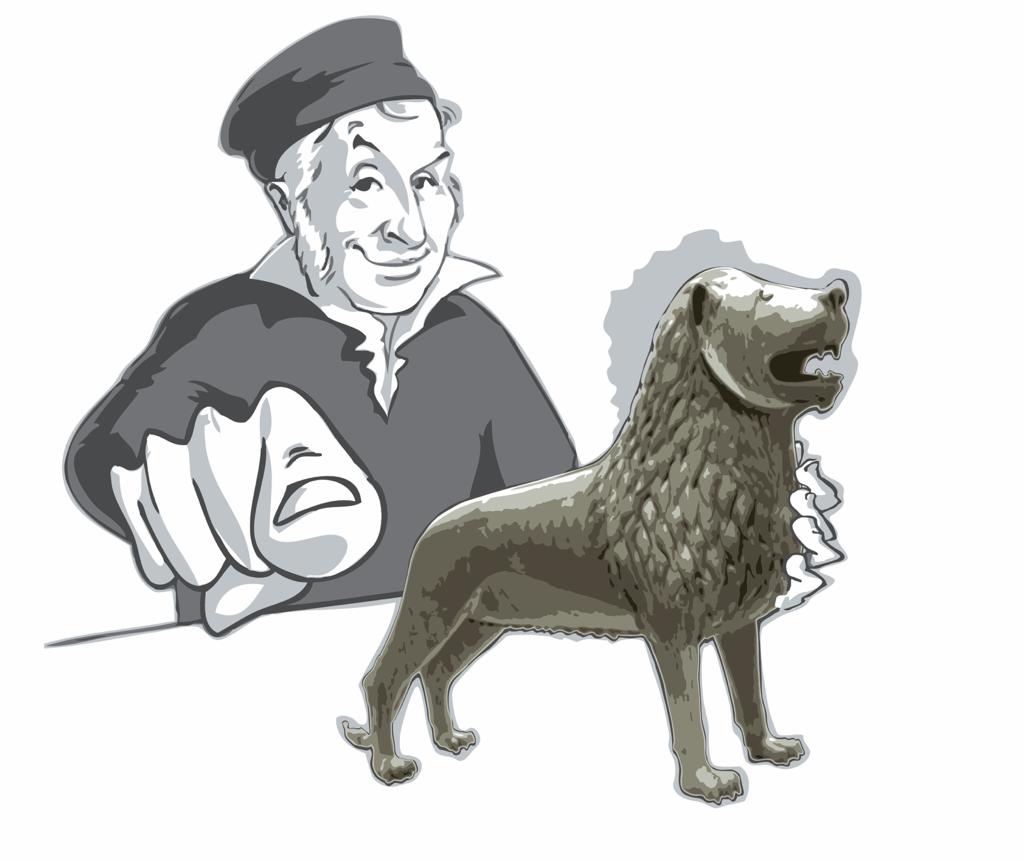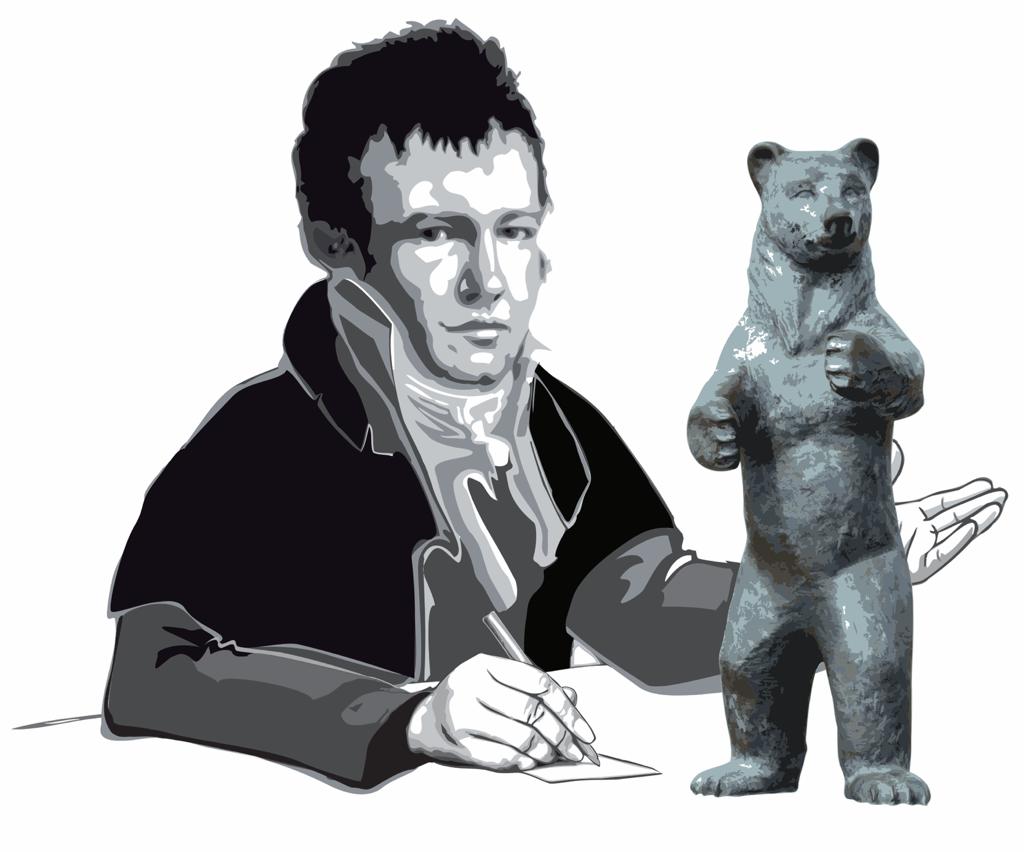Gauss-Telegraph: Celebrations of the Lunar New Year outside of the East Asian festivities
by Hui Lin Kong

Kek Lok Si, Penang © Wonderful Malaysia

Kuala Lumpur © TheStar
My very own experience: Malaysia
I was born and raised in Malaysia and of Chinese descent, hence Lunar New Year takes on great importance. In Malaysia, Lunar New Year has nothing to do with religion. We often celebrate this festival together as it is officially one of the public holiday for all workers and students.
One of main fascinating strengths in Malaysia is its cultural diversity. Despite the differences in religions and ethnic, the festival is celebrated by everyone. Though the date changes every year, the way of celebrations remains : Chinese New Year’s songs being played in almost all the shopping malls and restaurants , Lion or Dragon Dances in the schools, families having reunion dinners and more.
It is an especially popular festival at where I live which is one of the cities with sizable Chinese populations. Back in the school time, almost all primary and secondary schools will have their own celebrations by having Dragon and Lion dance performances during the morning assembly, some calligraphy activities, Drum performances and even Chinese Orchestra to mark the start of Chinese New Year.
As you grow up, Lunar New Year indicates the time to head home. It is best to spend time with family and friends. On Lunar New Year eve, the dinner reunion is a must. Tossing the traditional Yee Sang , also known as Prosperity Toss Salad, is one of the things that most of us anticipate. It is a symbolic of prosperity, luck, health and all things auspicious. As you toss the ingredients high in the air, it imparts a joyful meaning of abundant luck and happiness ahead.

Marina Bay, Singapur © Desmond Wee
The new year celebration starts on the first day of the Chinese Lunar Calendar. On the first morning, the children will dress up with new clothing, honor the ancestors, greet the parents and receive angpows from the elderly. Angpow are red pockets with money gifted to the children and unmarried adults. These red packets are also expected from employers to employees as a sign of gratitude. Open house is one of the traditions as close family members, relatives, neighbors and colleagues will visit each other’s houses, enjoy special cookies and biscuits together and simply have some fun chit-chatting. It is also a noisy affair with lots of fireworks, clanging gongs and lion dances to embark the holiday spirit.
Lunar New Year season is also busy time for the temples. The Chinese temples are usually decorated with beautiful lanterns. My family in particular would visit the temples every year to light incense and pray for a year of prosperity and health. There are so many temples to admire such as Kek Lok Si in Penang, Thean Hou Temple in Kuala Lumpur and Cheng Hoon Teng Temple in Malacca.
Southeast Asia: Singapore, Thailand, Cambodia, Indonesia, Philippines, etc
Lunar New Year is also one of the most widely celebrated festivals across the globe due to the long history of emigration and trade. The integration of Chinese community in the local society in each country has lead to different and unique local traditions of the Lunar New Year celebrations.

Luxemburg © Andrés Muñoz
In Vietnam, Chinese New Year is known by the name of ‘’Tết Nguyên Đán’’, Cambodia’s Chinese population call it ‘’Khmer New Year’’, the Indonesians call it ‘‘Imlek’’ while in Thailand it is more widely celebrated as ‘’Songkran(Thai New Year)’’. In Singapore, the Chinese, Malays, Indians and Eurasians will celebrate CNY all together in almost the same way as in Malaysia.
Europe / USA / UAE
Many marketplaces, venues and amusement parks will host events that features traditional Chinese cultural activities and performances, mainly parades in Chinatown in countries like the USA, UK and Abu Dhabi. Vibrant red decorations like red lanterns, red firecrackers, door couplets and mandarin trees adorn the street, storefront and homes which brings the meaning of welcoming wealth and to drive out any bad luck. But why red ? Legend has it that red is used to ward off Nian, a ferocious beast which would eat livestock and human beings on the New Year. There are even martial arts performances, lantern-making, face-changing performances and acrobatics being showcased, as well as a huge assortment of Chinese delicacies being prepared for the visitors to offer glimpses of the culture.
I would like to wish not just the Chinese community, but everyone celebrating GONG XI FA CAI (恭喜發財)!



You must be logged in to post a comment.